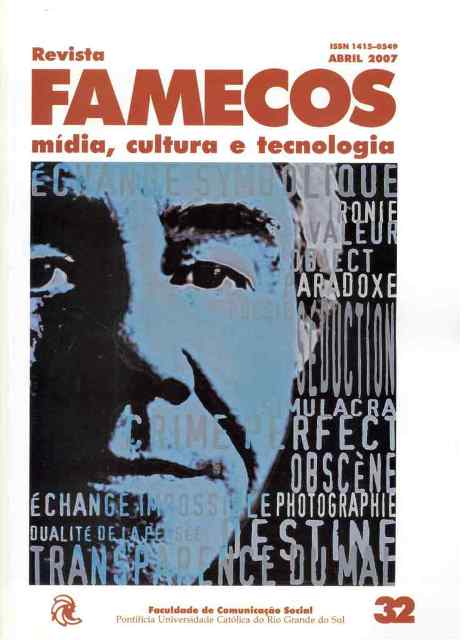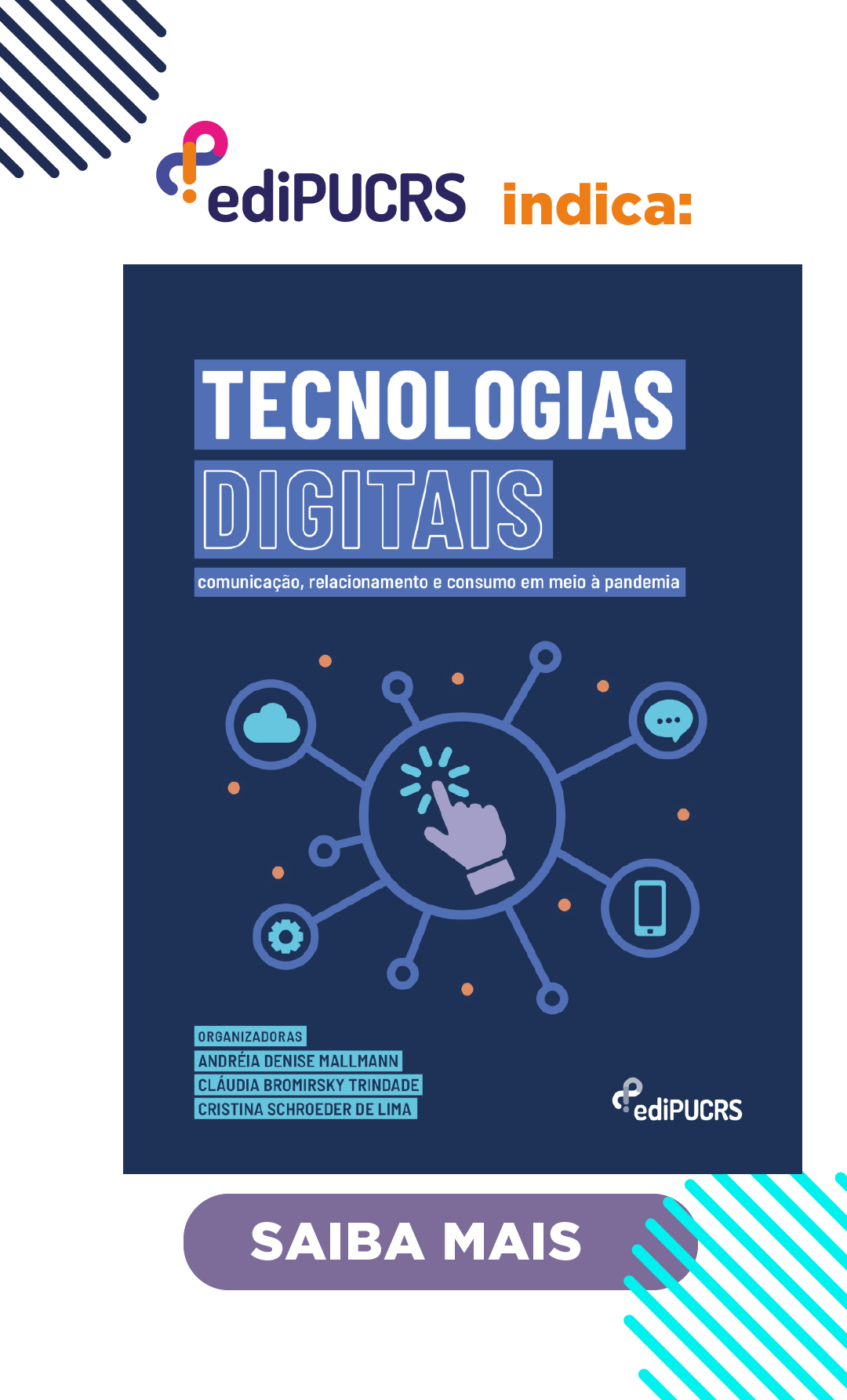The mediation of knowledge and poetic thinking
DOI:
https://doi.org/10.15448/1980-3729.2007.32.3417Keywords:
Communicational thougth, Poetry, Mediation of knowledgeAbstract
The article proposes a problematization of communicational thought viewed from the angle of a poetical thought. Communication is seen here from a principle of mediation called com principle. Creator of realities, poetry is also reason and thought, supplier of the com principle, a complex force that awakens, animates and moves. The text starts showing the historical break between a scientificrational mode of knowledge and a poetic knowledge that is rapidly put aside of scientific reflections. The text develops the communicational thought that underlies reflection and presents poetry as a thought that must enrich the thought of communication. This brings to surface some epistemological questionings that are not solved here, but initially highlighted as proposals.Downloads
References
BOSI, Alfredo. Ser e tempo da poesia. São Paulo: Companhia das Letras, 2000.
CASTRO E SILVA, Gustavo de. Filosofia da Comunicação. 2° ed. Brasília: Casa das Musas, 2006.
CASTRO, Gustavo; DRAVET, Florence. Sob o céu da cultura. Brasília: Thesaurus/Casa das Musas, 2004.
HEIDEGGER, Martin. Caminhos de floresta. Lisboa: Fundação Calouste Gulbenkian, 1998 (ed. or. 1959).
JUARROZ, Roberto. Poesía y creación. Buenos Aires: Carlos Lohlé, 1980.
_____. Decimocuarta poesía vertical. Buenos Aires: Emecé, 1997.
MORIN, Edgar. Amor poesia sabedoria. Trad. Edgard de Assis Carvalho. Rio de Janeiro: Bertrand Brasil, 4a. Ed. 2002.
PAZ, Octavio. El arco y la lira. 3° ed. 14° Reimpressão. México: Fondo de Cultura Economica, 2003.
Downloads
Published
How to Cite
Issue
Section
License
Copyright
The submission of originals to Revista Famecos implies the transfer by the authors of the right for publication. Authors retain copyright and grant the journal right of first publication. If the authors wish to include the same data into another publication, they must cite Revista Famecos as the site of original publication.
Creative Commons License
Except where otherwise specified, material published in this journal is licensed under a Creative Commons Attribution 4.0 International license, which allows unrestricted use, distribution and reproduction in any medium, provided the original publication is correctly cited.






